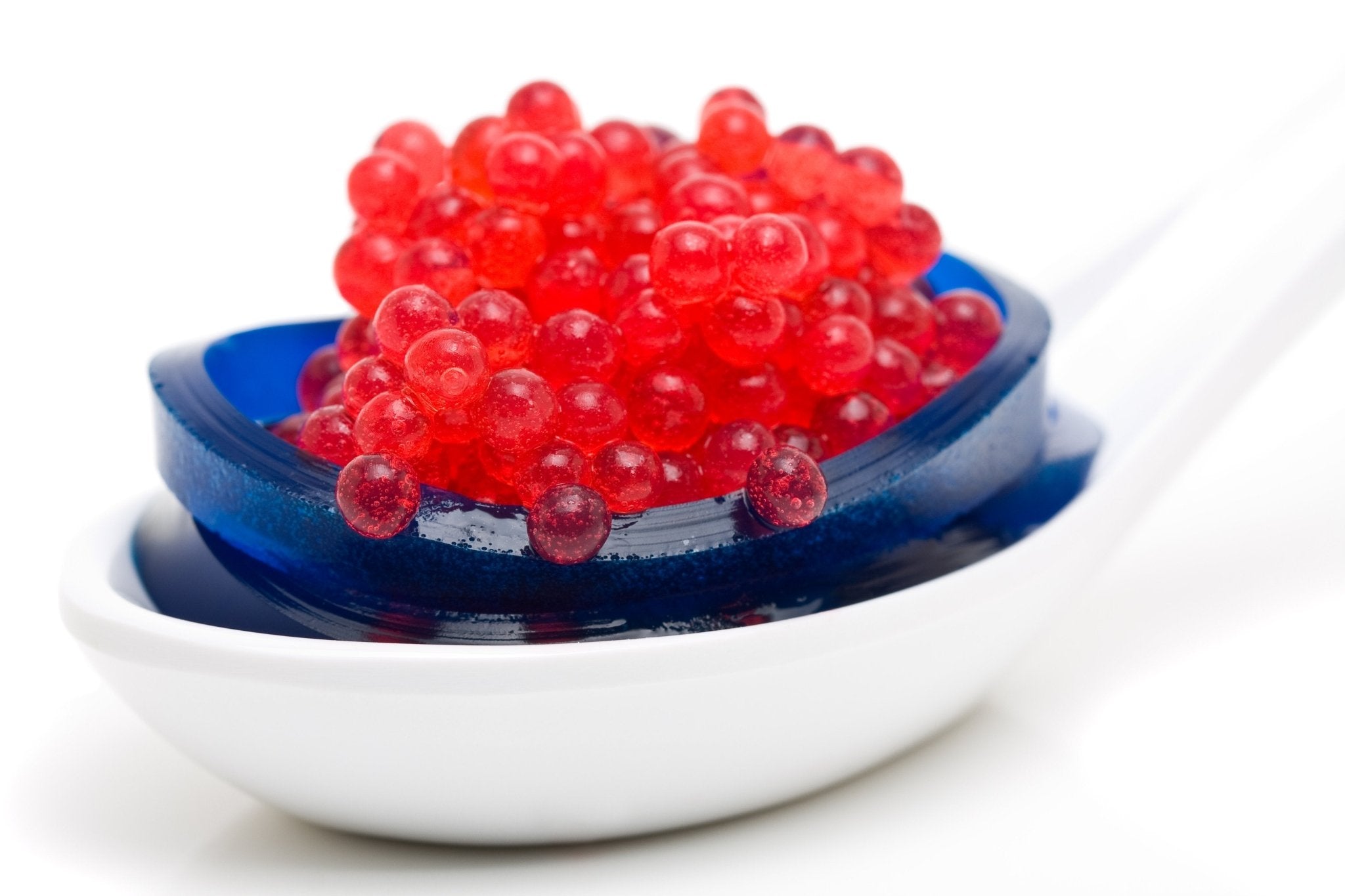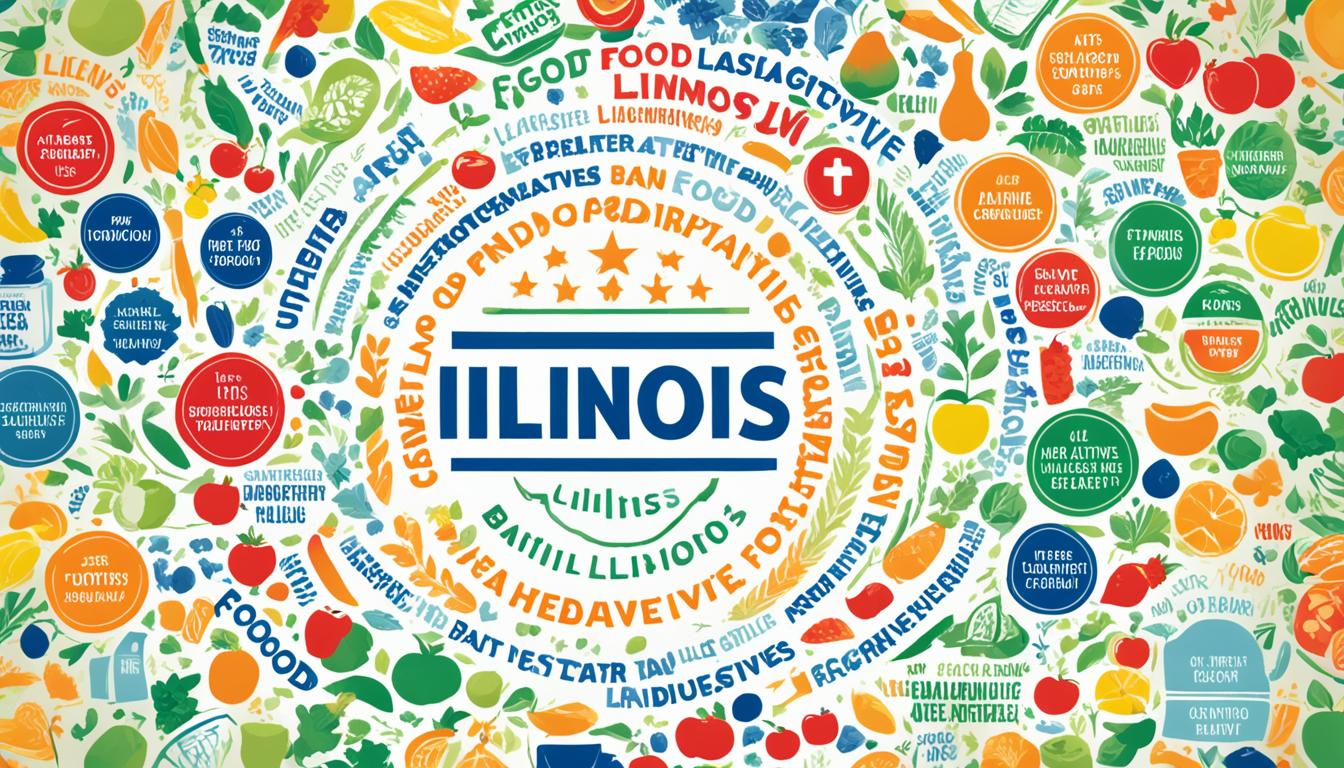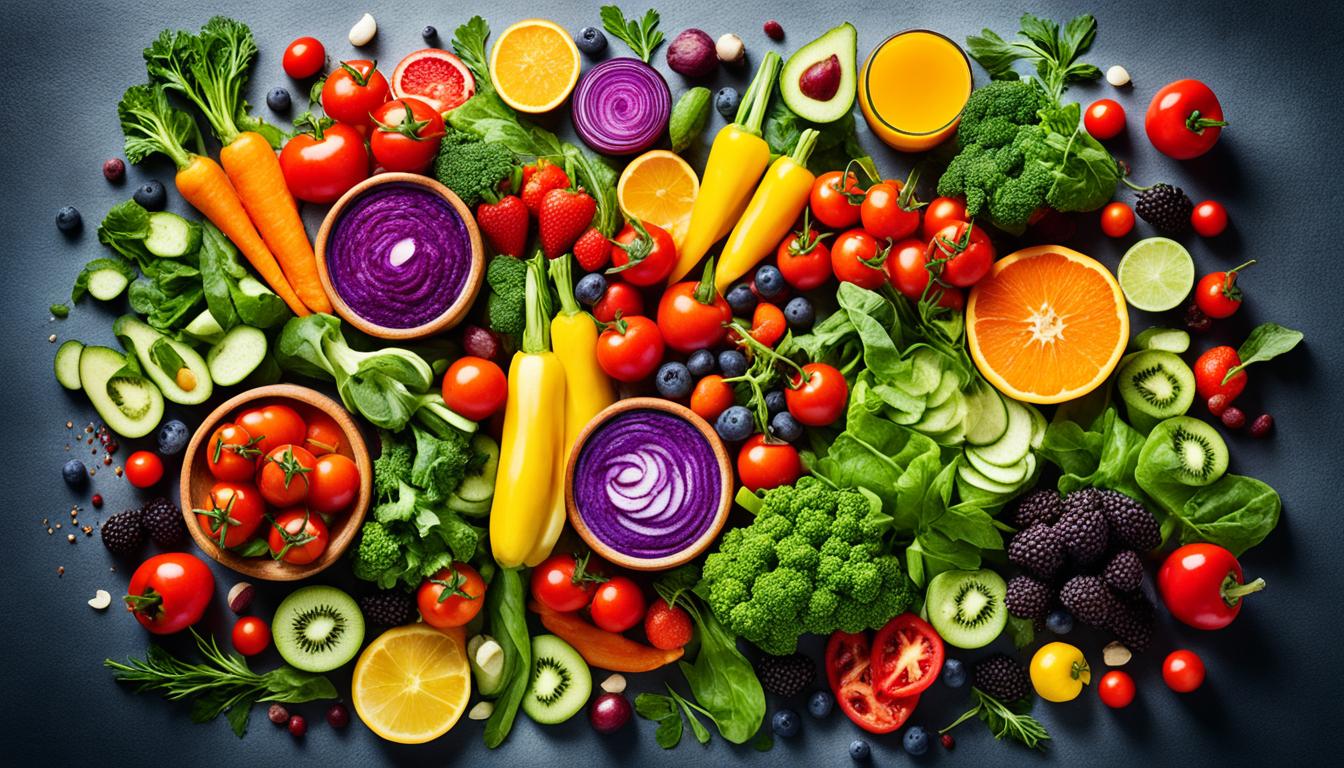
Creating Faux Caviar Using Reverse Spherification
SUBSCRIBE TO OUR BLOG
Promotions, new products, and recipes.
Creating faux caviar spheres using sodium alginate and calcium lactate gluconate is known as reverse spherification. It is a fascinating culinary technique that can add a touch of elegance and creativity to various dishes. The process involves creating small spheres that resemble real caviar in appearance but can be made with a wide range of flavors and textures. Below are detailed directions on how to make faux caviar spheres and the benefits and uses of doing so:
The Difference Between Regular Spherification and Reverse Spherification
Regular spherification and reverse spherification are two different techniques used in molecular gastronomy to create unique textures and presentations of food. Both methods involve the use of sodium alginate and a calcium solution, but they differ in the way they interact with the food being prepared.
Regular Spherification: Regular spherification is the more traditional and commonly used technique. It involves creating gel-like spheres with a liquid interior and a thin, jelly-like membrane on the outside. The basic process for regular spherification is as follows:
A liquid mixture that you want to turn into spheres (e.g., fruit juice, flavored liquid) is mixed with sodium alginate, which is derived from seaweed and acts as a gelling agent.
The alginate mixture is carefully dripped or dropped into a bath containing a solution of a calcium solution which is usually calcium chloride.
When the alginate mixture encounters the calcium chloride solution, a chemical reaction occurs. The calcium ions in the calcium chloride cause the alginate molecules to cross-link and form a gel-like membrane around the liquid center, creating small spheres or "caviar."
Reverse Spherification: Reverse spherification is a more advanced technique that is particularly useful for foods that cannot be directly exposed to calcium chloride without losing their desired properties. In reverse spherification, the process is, as the name suggests, reversed compared to regular spherification. The basic process for reverse spherification is as follows:
The liquid mixture that you want to turn into spheres is mixed with a calcium solution. This forms small droplets or spheres of the liquid with a thin gel-like membrane around them.
These calcium-treated liquid droplets are then placed in a bath containing sodium alginate solution.
As the calcium-treated droplets sit in the alginate bath, a similar chemical reaction occurs. The calcium ions are exchanged with the alginate in the solution, causing the gel-like membrane to form and encapsulate the liquid center.
The main difference between regular spherification and reverse spherification is the order in which the calcium solution and sodium alginate are introduced to the process. In regular spherification, the alginate is in the liquid mixture, while the calcium chloride is in the bath. In reverse spherification, the calcium chloride is in the liquid mixture, and the alginate is in the bath.
The choice between regular and reverse spherification depends on the specific culinary application and the properties of the ingredients being used. Both techniques offer chefs and food enthusiasts a creative way to present liquids in solid, spherical forms, adding an element of surprise and texture to dishes.

Creating faux caviar using reverse spherification techniques.
Ingredients and Equipment Needed for Reverse Spherification:
- Sodium alginate powder
- Calcium lactate gluconate powder
- Flavored liquids (fruit juices, vegetable purees, stocks, etc.) for creating the caviar spheres
- Water
- Syringe or dropper
- Slotted spoon
- Bowl with water (for rinsing the caviar)
- Strainer or fine-mesh sieve
- Calcium chloride solution (1% or 2% concentration)
Directions:
Prepare the Sodium Alginate Bath:
- In a blender, mix 500ml of water with 2g of sodium alginate powder until fully dissolved.
- Allow the mixture to rest for at least 1 hour to remove any air bubbles that might have formed.
Prepare the Flavored Liquid:
- Choose your desired flavor for the faux caviar. For example, you can use fruit juices like strawberry, mango, or even savory options like tomato or beetroot puree.
- The liquid should have a relatively low viscosity to create well-defined spheres. If it's too thick, you can dilute it with water or a lighter liquid.
Create the Caviar Spheres:
- Fill a syringe or dropper with the flavored liquid.
- Hold the syringe or dropper vertically over the sodium alginate bath and gently squeeze out small droplets of the liquid into the solution. The drops will form into spheres due to the reaction with calcium ions.
Set the Caviar:
- Allow the caviar spheres to sit in the sodium alginate bath for 1-2 minutes to allow them to form a skin.
Prepare the Calcium Chloride Bath:
- In a separate bowl, mix 500ml of water with 5g of calcium lactate gluconate powder until fully dissolved. This will serve as the calcium chloride bath.
Transfer the Caviar Spheres:
- Using a slotted spoon, carefully remove the caviar spheres from the sodium alginate bath and gently transfer them into the calcium chloride bath.
Rinse the Caviar Spheres:
- Let the caviar spheres sit in the calcium chloride bath for 1-2 minutes to firm up the exterior.
- Then, using a strainer or fine-mesh sieve, rinse the spheres with fresh water to remove any residual calcium chloride.
Benefits and Uses of Faux Caviar Spheres:
- Versatility: Faux caviar spheres can be made with a wide range of flavors, allowing for endless creativity in the kitchen. You can experiment with various fruit juices, vegetable purees, or even infuse them with herbs and spices.
- Textural Appeal: The delicate yet satisfying pop of the caviar spheres in the mouth adds a unique textural experience to dishes, elevating the overall dining experience.
- Aesthetic Presentation: The beautiful, glossy appearance of the caviar spheres can instantly elevate the presentation of any dish, making it visually appealing to diners.
- Molecular Gastronomy: Creating faux caviar spheres is a simple introduction to molecular gastronomy, a culinary technique that explores the physical and chemical transformations of ingredients.
- Garnishes: Use faux caviar spheres as garnishes for appetizers, main courses, or desserts to add a burst of flavor and elegance to your dishes.
- Amuse-Bouche: These caviar spheres can be served as an amuse-bouche or palate cleanser between courses in a multi-course meal.
- Molecular Cocktails: Faux caviar spheres can also be used in cocktails to add flavor and an exciting visual element to the drinks.
Overall, making faux caviar spheres using sodium alginate and calcium lactate gluconate is an enjoyable and innovative culinary technique that can impress guests and spark creativity in the kitchen.
Ingredients Availability
Cape Crystal Brands on its website offers two types of spherification kits on its website using the ingredients described. The first is its Direct Spherification Value Kit which contains sodium alginate combined with calcium chloride. These two ingredients are all you need to practice molecular gastronomy and to make decorative faux caviar. The second kit is its Reverse Spherification Value Kit containing sodium alginate combined with calcium lactate gluconate. Both kit’s ingredients are vegan, non-GMO and Kosher Certified.
Have you tried creating faux caviar yet? Please share with us in the comments section below!

- Choosing a selection results in a full page refresh.




2 comments
Olen
This is the first RS recipe that has one placing the beads into a calcium bath after the alginate…but, I guess it can’t hurt in terms of ensuring a strong enough alginate shell. A couple of things you do not mention: First of all, other hydrocolloids than sodium alginate will work (carrageenan or pectin, for example). Also, if storing the caviar, mixing it with oil will help to keep them from sticking together. Calcium chloride is a good idea for “fish” caviar, as it add more appropriate salty taste…but, for sweet beads, calcium lactate has less of its own taste.
Olen
You did not mention two crucial things: First of all, the benefit of reverse spherification is that the spheres will not solidify thru & thru as with regular spherification. Plus, it is crucial that the liquid have a higher pH (if: be less acid) that about 4.0 or the spheres will not form. Your customers who try this with acid fruit juices are gonna be sorely disappointed.